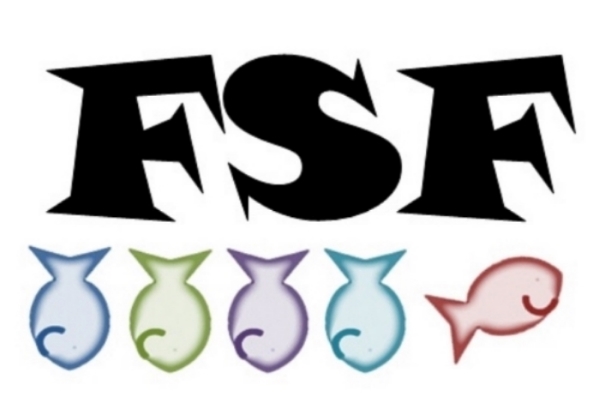I don’t want to give away the entire show of The Good Place (especially since this episode takes place in the final season), but I’m going to have to give away quite a bit to explain why I blogged this episode. Still, this to me is one of the best tv shows ever made and I encourage you to watch it.
Fair warning: spoilers ahead.
The Good Place is philosophical comedy about the afterlife and what it means to be a good person. Ted Danson plays Michael, an architect in charge of four humans named Tahani (Jameela Jamil), Jason (Manny Jacinto), Chidi (William Jackson Harper), and Eleanor (Kristen Bell). Helping them is Janet (D’Arcy Carden), an all knowing entity whose entire existence is based on being a go-fer in the afterlife.
The episode opens with a book. Michael is telling a story to a Bad Janet (also D’Arcy Carden) trying to prove that humans can improve themselves. A new group of humans are being used as unknowing guinea pigs in a human moral experiment and seems to be showing positive outcomes. Then Brent (Benjamin Koldyke), the worst of the three, announces that he has written a book and he wants Chidi, John (Brandon Scott Jones), and Simone (Kirby) to read it in two days before he does a signing. An afterlife signing. Apparently, that’s a thing.
Brent describe the book entitled “Six Feet Under Par: A Chip Driver Mystery” as “half-spy novel, half -murder mystery. It’s also half-submarine adventure, half-erotic memoir, and half- political thriller. It’s also half- golf tutorial and half- commentary on society”. Immediately, Simone, who has very little patience for Brent’s sexism, racism, classism, and a whole lot of other negative isms, is gleeful about making fun of this novel. Tahani suggests that they all be kind because Brent has been showing improvement and they should be the bigger people (since that’s exactly what she’s trying to make them into). Then she starts to read the book with Eleanor and Michael.
The love interest Scarlett Pakistan in the book is a cultural stereotype who looks like Tahani and is described as “Her brown eyes were as brown as the brownest crayon. She had legs like Jessica Rabbit from that movie”. Is it bad that I sometimes enjoy bad writing because it makes me feel relatively better about my own writing? Stop judging me! I never said I belonged in the Good Place!
Tahani is not the only human objectified and insulted by being a thinly veiled character in Brent’s book, making it difficult to get the others to be kind about the painfully terrible prose. Eleanor tries to get them to create subtle criticisms. This is a good lesson for anyone not wanting to hurt another person’s writer feelings. For example, pointing out that “just writing a book is an amazing accomplishment” and then following with a sandwich of what you like and what needs improvement. That’s what editing is for. It’s a pain in the butt, but thanks the gods for the editing process and the people willing to edit.
However, if someone writes a book that insults you and your beliefs and the author can’t respect that why you didn’t like it - rip them a new one. Yes, a book is a form of art, but if your art is hurtful to the people you claim to like, what is the point? And how can you be upset if they don’t like that you hurt them? That’s not art, that’s more about ego. Despite all of this, Eleanor and the others still want to help Brent become a better person.
And all of this ends back with Michael finishing his story about how people can be good.


































